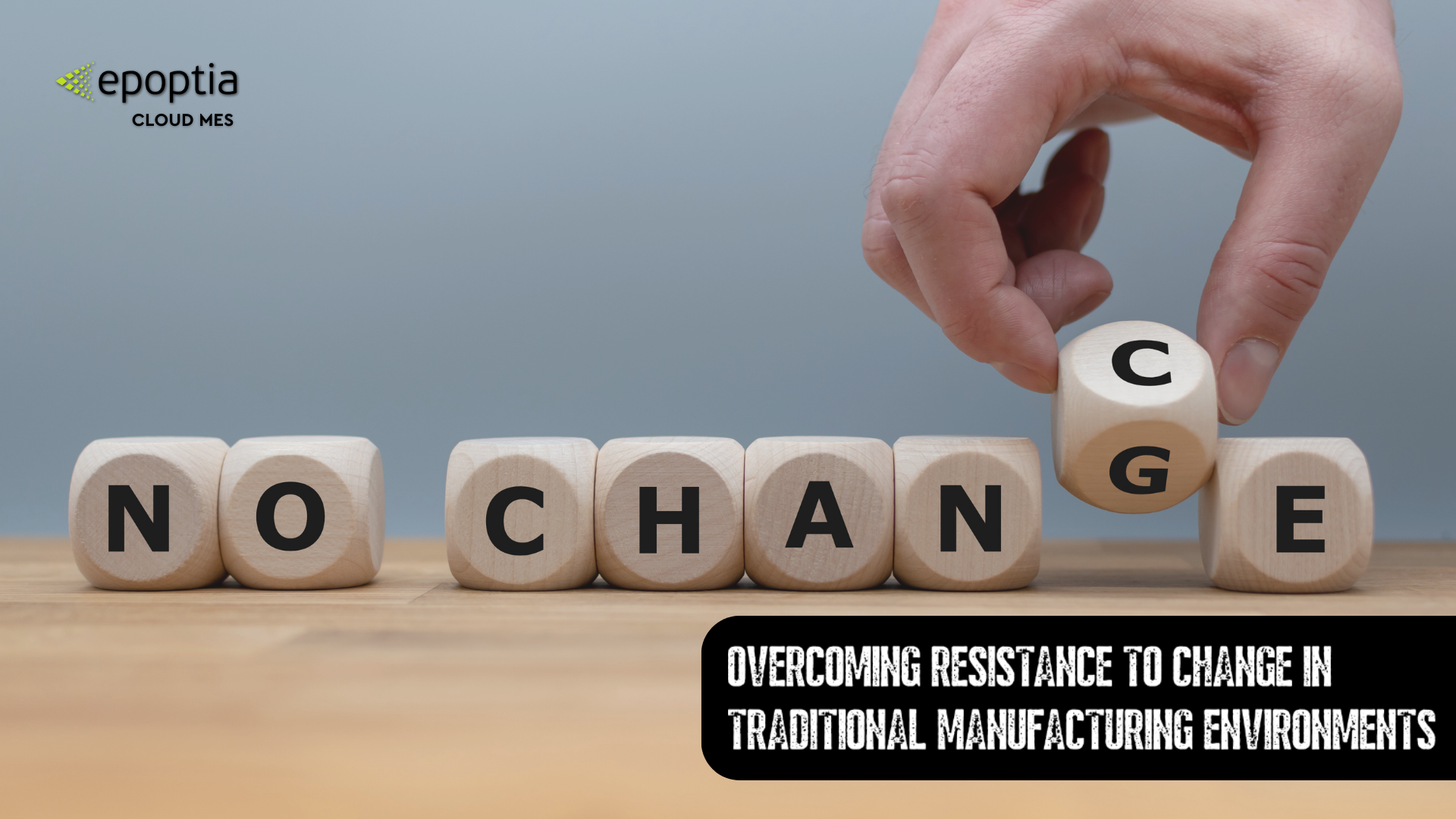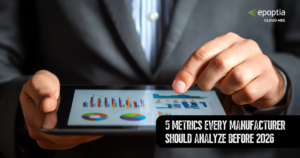Learn how you can overcome resistance to change in your traditional manufacturing environment and take your industry to the digital era
In today’s rapidly evolving manufacturing landscape, embracing change is essential for staying competitive and achieving sustainable growth. However, traditional manufacturing environments often encounter resistance when attempting to implement new processes or technologies. This resistance can hinder progress and limit the potential benefits of transformation. In this article, we’ll explore common sources of resistance in traditional manufacturing settings and provide effective strategies to overcome them.
Understanding the Sources of Resistance
To begin with, resistance to change in traditional manufacturing environments is often multifaceted and can emanate from a range of sources. More specifically, it can stem from various sources, including:
1. Fear of the Unknown: Employees may fear that new technologies or processes will disrupt their familiar routines or job security. Undoubtedly, many may worry that new technologies or processes could make their roles redundant, leading to concerns about the future of their jobs.
2. Lack of Understanding: Misconceptions or a lack of understanding about the benefits of change can breed resistance. More specifically, if employees don’t see the potential benefits of the change or perceive them as marginal, they may resist the effort.
3. Comfort with the Status Quo: Many employees become accustomed to the existing processes and may resist changes that disrupt their comfort zones. That is, over time, organizations can develop deeply ingrained cultures and norms that resist deviations from established routines. As a result, employees might be reluctant to change because “that’s the way it’s always been done”.
4. Perceived Increase in Workload: Employees might resist change if they believe it will result in additional tasks or responsibilities. The perception that the change will bring additional workload without adequate support can discourage employees from embracing it.
5. Inadequate Communication: Poor communication about the reasons behind the change and its expected benefits can lead to skepticism and resistance. That is, insufficient or unclear communication regarding the rationale for change and its expected impacts can create misunderstandings and resistance.
These various sources of resistance underscore the importance of addressing not only the change itself but also the underlying concerns and perceptions that fuel resistance. An effective change management strategy should encompass communication, education, engagement, and a clear demonstration of the benefits of the proposed changes to assuage these concerns and facilitate a smoother transition.
Strategies for Overcoming Resistance
Effectively addressing resistance to change is crucial for successful change management in traditional manufacturing environments. Here are comprehensive strategies tailored to overcoming resistance:
1. Clear Communication: Initiate change with transparent and ongoing communication. Explain the reasons for change, its tangible benefits, and how it aligns with the company’s long-term objectives. Ensure employees understand how these changes will positively impact their work and job security.
2. Involving Employees: Actively involve employees in the change process by seeking their input, listening to their concerns, and involving them in decision-making whenever possible. This inclusion helps them feel valued and invested in the transformation.
3. Education and Training: Provide comprehensive training and educational resources to help employees acquire the necessary skills to adapt to new processes or technologies. This reduces anxiety and empowers them to embrace change confidently.
4. Gradual Implementation: Whenever feasible, implement changes incrementally rather than all at once. This allows employees to adjust at a more comfortable pace, minimizing disruptions to workflow and reducing the sense of upheaval.
5. Recognize and Reward: Acknowledge and reward employees who embrace change and contribute to its success. Recognizing their efforts reinforces a culture of adaptability and encourages others to follow suit.
6. Feedback Mechanisms: Establish clear channels for employees to provide feedback, ask questions, and express concerns. Act on this feedback to make necessary adjustments and demonstrate a commitment to addressing their needs.
7. Leadership Commitment: Leadership should lead by example, actively supporting and participating in the change process. Their commitment and visible support help set the tone for the entire organization.
8. Measuring Progress: Define key performance indicators (KPIs) related to the change initiative and regularly communicate progress to employees. This helps them see the positive impact of their efforts and fosters a sense of achievement.
9. Continuous Improvement: Emphasize that change is an ongoing process, and feedback-driven improvements are essential. Encourage a culture of continuous improvement where adjustments are made as needed to refine and optimize the change initiative.
Final Thoughts
All in all, overcoming resistance to change is a pivotal step in bridging the gap between traditional manufacturing practices and the innovative technologies and processes that drive competitiveness today. Embracing change not only allows manufacturers to stay relevant but also positions them to thrive in an increasingly dynamic global marketplace.
At Epoptia, we understand the challenges faced by traditional manufacturers in embracing change. Our Manufacturing Execution System (MES) offers tailored solutions that empower job shop manufacturers to optimize their processes, improve efficiency, and drive growth. Thus, we invite you to explore how Epoptia MES can help your organization navigate the path to change with confidence.
Don’t let resistance hold you back. Request a personalized presentation today and discover how Epoptia MES can revolutionize your manufacturing operations.
For more information, check https://bit.ly/3vYnb4f.




















